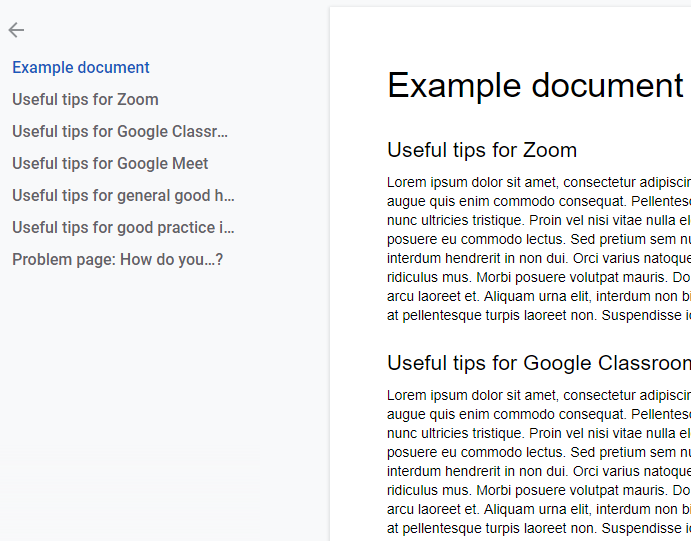Idea!, by Terry Freedman
If your role in school is to encourage your colleagues to use technology, you might be wondering if you’re needed any more. After all, circumstances have forced schools to adopt some form of online learning to some extent. Even with pupils returning, it’s looking doubtful (in the UK at least) that all pupils will go back all day every day, some degree of online learning will probably be needed for the days pupils are not in school. Therefore hasn’t Covid-19 effectively done your job for you?
I think the answer is that this pandemic has forced the issue, but that for e-learning co-ordinators there are still reasons to be cheerful. You may not have to cajole your colleagues into using the technology, but face it: some will have been dragged kicking and screaming into this new reality! Perhaps the focus of your role could now shift to making it easier and more attractive for them, or at least less daunting. Here are a few suggestions about how you might do that:
Produce some simple how-to guides (“Quick Start” guides) on how to use Zoom, Google Classroom or whatever platform your school uses. At the most basic level, I would say you need only a few simple instructions on how to set up a meeting, possibly a recurring meeting too, and how to invite people to join.
Produce a handy hints and tips sheet. For example, have a look at Mute that mic!, Teach yourself the technology, and Chatting and Messaging.
Run some (online) training sessions. Think about beginning, intermediate and advanced classes.
Set up a Google Classroom sandpit that colleagues can try things out in. (This will involve just setting up a new class called Test or Sandpit, and possibly making your colleagues co-teachers.)
Run a Zoom session in which different colleagues take it in turn to be given the host rights to try out various features such as muting everyone’s mic and putting people in break-out rooms.
Set up a Google Doc on which colleagues can share useful hints and tips.
On the same Google Doc, create a section where colleagues can ask questions, which either you or other colleagues can answer. Use heading styles (Heading 1 etc) for the headings (ie not just bold or bigger text) and the document outline feature. Go to View—>View Document Outline. This is what the document will look like:
Google Docs Outline, by Terry Freedman
People can click on a heading in the Outline on the left, and they will be taken directly to that section in the document.
Set a time when you can run an online surgery. That will be for colleagues who wish to drop in to ask a quick question. For example, tell staff that you will be online in the “Virtual Surgery” at 4 pm every Tuesday afternoon, and make the link available everywhere. The “hidden” purpose of this suggestion and the preceding one is to save you from being bombarded in an ad hoc manner at all times of the day (and possibly at night as well). If you’ve provided some “Quick Start” guides, an editable Google Doc where colleagues can ask and answer questions and a set time for a drop-in surgery, you’re much more likely to protect your time and blood pressure!
Further reading
If you enjoyed this article, why not sign up to my free newsletter, Digital Education?












In my past roles as ICT Co-ordinator or e-learning co-ordinator, I have formed and chaired an ICT or e-learning committee. What are the benefits of having such a body, and does Covid-19 change anything?